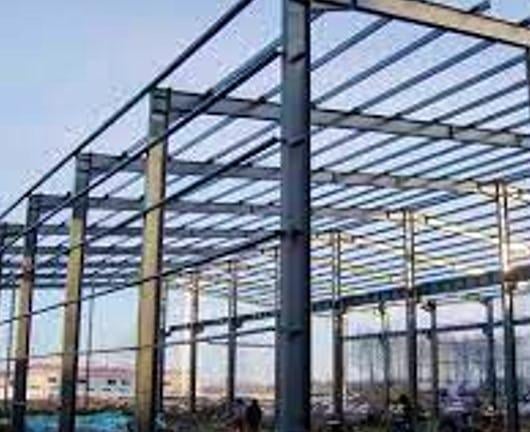MOOC List is learner-supported. When you buy through links on our site, we may earn an affiliate commission.

MOOC List is learner-supported. When you buy through links on our site, we may earn an affiliate commission.
A critical aspect of the course is designing for the intended lifespan of the building, taking into account exposure conditions and implementing corrosion protection measures to enhance durability. Participants gain insight into the diverse range of materials used in steel building construction, from concrete and reinforcement to structural steel, bolts, welds, and fireproofing materials.
The course introduces participants to various design loads, including gravity & lateral loads including wind, and earthquake loads. They learn to calculate wind loads using different methods, considering factors such as drag, interference, and dynamic effects. Earthquake loads are also thoroughly examined, with a focus on zone factors, response reduction factors, and calculation methods.
Structural layout planning is emphasized, with considerations for grid planning tailored to specific building types. Participants explore vertical load-resisting systems, such as slabs, beams, and trusses, and gain an understanding of the significance of lateral load-resisting systems, including moment-resisting frames, braced frames, and shear walls.
Participants will also learn to calculate preliminary sizes of structural elements based on design requirements and gain insights into coordinating structural design with building services. By the course's conclusion, participants emerge equipped with a comprehensive understanding of the principles and practices involved in designing steel buildings, ensuring safety, functionality, and longevity in their projects.
This course is part of the Steel Multi Storey Building - System Design Specialization.
What you'll learn
- Recall foundational principles of steel building design, including basis for design reports, site location considerations, and geometric parameters.
- Understand how site location impacts building function & consider exposure conditions and corrosion protection for steel structures.
- "Utilize material knowledge, design loads, and calculation methods to solve steel building design problems, including wind and earthquake loads."
Syllabus
Building Design Aspects based on Site, functionality, durability, materials and structural system
This module covers the fundamental aspects of designing and constructing steel buildings, including the aspects covered in a design basis report, site location considerations, geometric parameters, structural systems, special geometries, and materials such as structural steel, concrete, reinforcement, bolts, welds, fireproofing & paints, to achieve a specified design life of the structure.
Building Design Aspects based on loads, design requirements and other criteria
This module covers the design loads, considerations for gravity and lateral loads, load combinations based on codes, serviceability requirements, deflection limits, floor vibration, fire resistance, integration of services with the structure, and a practical example of a Structural Design Basis Report (DBR).
Vertical Loads and Temperature Loads in Buildings
This module covers the calculation of various vertical loads, starting with dead loads, including the self-weight calculation of foundation, beam, column, truss & floor systems, superimposed dead loads from various building elements & functionalities. It also addresses live loads, considering different occupancies, and some special load cases. Preparations of load layouts, and the impact of temperature on structural loads in the design and construction of steel buildings are also included in this module.
Lateral Loads in Buildings
This module focuses on lateral loads in buildings, covering wind loads & its calculation methods for a sample building. It also includes discussions on drag, interference, and dynamic effects in structures. Additionally, earthquake loads acting on a building are addressed, incorporating zone factors, response reduction factors, and base shear calculation based on the equivalent static method.
Structural Layout, Service Coordination and Selection of Vertical Load Resisting System
This module covers structural layout planning for vertical load resisting systems, with an example grid planning for car parkings and other buildings. It discusses the vertical load resisting system, including slabs, beams & deck sheets. Additionally, it covers the use of chequered plates, grating, deep deck, hollow core, and RC slabs as floor systems in steel buildings. The module also addresses beams and trusses, covering beam orientation, preliminary sizing, load calculations, column placement, live load reduction, and the importance of service coordination in buildings.
Lateral Load Resisting Systems and Selection
This module explores lateral load resisting systems in buildings, detailing code guidelines and showcasing their significance. It delves into moment resisting frames, braced frames, shear walls, and use of lateral load resisting systems in very tall buildings. The content covers lateral load flow in braced frame systems, planning considerations, and preliminary sizing of lateral load resisting systems for effective structural design.
MOOC List is learner-supported. When you buy through links on our site, we may earn an affiliate commission.
MOOC List is learner-supported. When you buy through links on our site, we may earn an affiliate commission.
